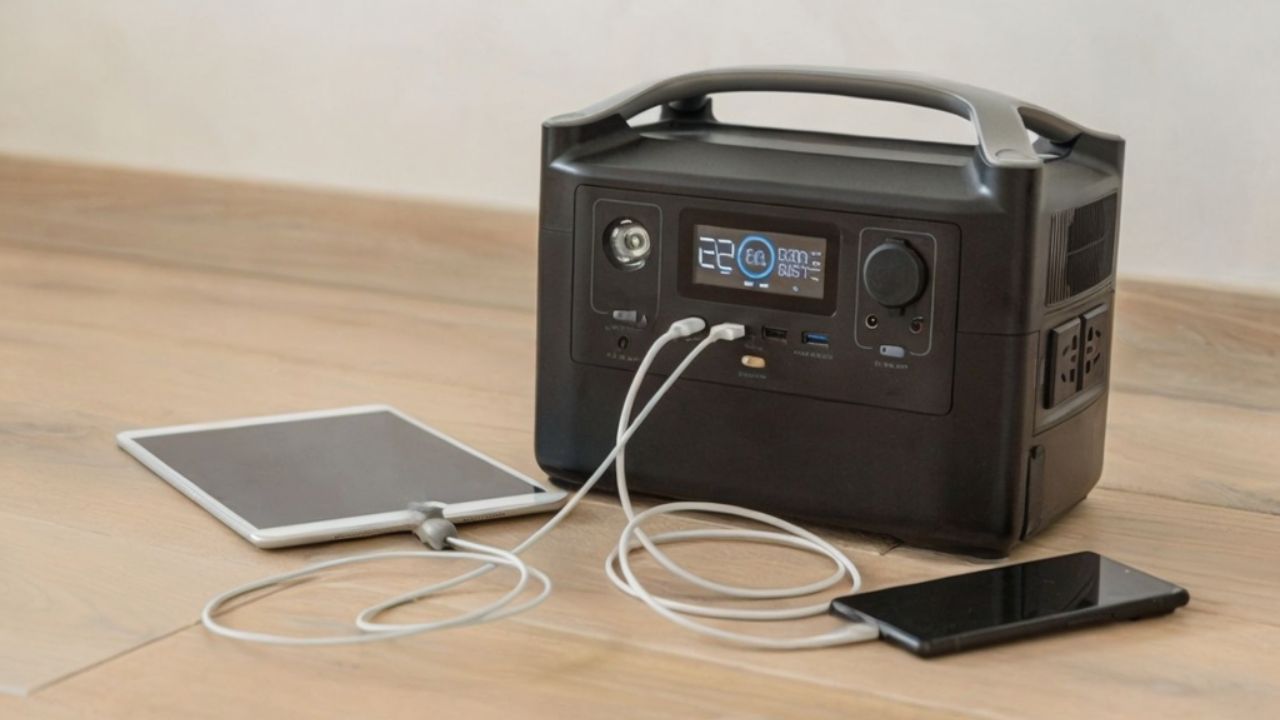Your battery backup means nothing if you don’t do this first
Having a battery backup feels like you’re prepared for anything—until the lights go out and you realize it’s not actually ready to help you. The truth is, most people stop at buying the gear but never test it, wire it right, or plan for what happens when power fails.
A battery backup can save your fridge, your heat, and your peace of mind, but only if you’ve set it up to work before you need it.
Test it under real conditions
You can’t assume your system works just because it powered a lamp once. The only way to know it’ll hold up during an outage is to test it with real loads—the fridge, freezer, water pump, or other essentials you plan to run. Plug in the items you’d use and let the battery run them for a few hours.
That dry run will tell you how long the charge actually lasts, which circuits can handle the draw, and where the weak spots are. If it overheats, trips a breaker, or drains too fast, you’d rather find out now than when the storm hits.
Know what’s actually connected
A lot of people buy big backup systems, install them, and assume they’ll automatically power the whole house. In reality, most setups only support a few circuits or outlets. You have to know exactly what’s tied to that backup power and what isn’t.
Label outlets, mark your breaker panel, and make a quick list of what’s safe to plug in during an outage. Guessing in the dark leads to blown fuses or wasted energy. When every watt matters, clarity matters more.
Charge it regularly—don’t let it sit dead
Batteries lose charge over time, even when they’re not being used. If you leave yours uncharged for months, it’ll degrade faster and might not hold enough power when you finally need it. Schedule regular check-ins—once a month is ideal—to make sure it’s topped off and functioning properly.
For solar or inverter systems, make sure the panels and charge controllers are clean and working right. A dead backup during a power outage isn’t a backup at all—it’s a paperweight.
Store it where it stays protected
Extreme heat and cold kill battery life faster than anything. A garage, shed, or porch might seem convenient, but constant temperature swings shorten the lifespan dramatically. Your backup should live in a dry, temperature-controlled spot where it won’t be exposed to the elements.
If you have portable battery packs or smaller solar systems, rotate them between storage and light use. Keeping them active helps the cells stay healthy longer.
Match the system to your actual power needs

Every battery backup has limits. If you try to power everything from your fridge to your washing machine at once, you’ll drain it before you even finish a load of laundry. Figure out what truly matters—food storage, communication, lights, and maybe a fan or heater—and build your setup around that.
You can use a watt meter to test how much power each appliance draws. That gives you a realistic sense of what your battery can handle and how long it will last. Oversizing expectations is the easiest way to end up sitting in the dark.
Keep your inverter and transfer switch in check
If you have a larger backup system that ties into your home’s electrical panel, your inverter and transfer switch are critical. The inverter converts DC battery power into AC household current, and the transfer switch tells your system when to cut off the grid and kick into backup mode.
Test both regularly. A bad switch can delay power transfer by minutes—or not work at all—leaving you without power even though your system’s fully charged.
Protect your battery from surges
When the grid comes back online, power surges can damage connected equipment and your battery system. Installing surge protectors or a whole-house protector keeps your gear safe from that sudden jolt. It’s one of those details that gets overlooked but can save hundreds in repairs later.
A surge won’t always fry things instantly—it can weaken components until they fail at the worst possible time. Protection up front means reliability when it counts.
Have a power plan that everyone understands
Even the best system is useless if your family doesn’t know how to use it. Go over the basics—how to turn it on, what outlets are powered, and what devices to prioritize. Keep instructions printed and stored nearby, because internet access isn’t guaranteed when the grid’s down.
You can even label critical devices or outlets with colored tape. When the power goes out, you’ll know what connects to your backup at a glance, no fumbling around.
Maintain your fuel or solar supply
If your battery system depends on solar panels or a hybrid generator setup, maintenance is part of the deal. Keep panels clean, check wiring for corrosion, and rotate stored fuel regularly if you use a gas-powered charger.
Without consistent upkeep, your “backup” starts to weaken months before you realize it. Storm season isn’t the time to find out your system only charges halfway or your cables have corroded ends.
Prep before you ever need it

The biggest mistake people make with backup systems is assuming they’ll work when the time comes. Preparedness isn’t about having gear—it’s about knowing it’s ready. Check, test, label, and maintain everything while the lights are still on.
A working battery backup isn’t a luxury—it’s a lifeline. But it only does its job if you’ve done yours first.
Like Fix It Homestead’s content? Be sure to follow us.
Here’s more from us:
9 small changes that instantly make a house feel high-end
The $60 Target haul that made my house feel way more put together
*This article was developed with AI-powered tools and has been carefully reviewed by our editors.







